According to a 1000-year old legend, Jews arrived in Poland after receiving a piece of a paper from the sky that instructed them to travel there. When they arrived, birds sang, “Polin”, which in Hebrew means, “Rest here”. Jewish merchants had already been traveling along trade routes that went through Poland. By 1764, there were about 750,000 Jews living in Poland. The rulers in that area were welcoming of them, partly because they liked to marry the Jewish women. They accepted that the Jews were a part of society and allowed them to be a part of the economy. Jews played an important role in taking care of noble lands. Anti-semitism violence outbreaks started in 1648 and then the Holocaust left the Jewish community in ruins. Just before the war in 1939, 3.3 million Jews lived in Poland, making it the nation with the largest Jewish population in Europe. At the end of the war, approximately 380,000 Polish Jews remained alive, three million having perished during the Holocaust. Official estimates put Poland’s current Jewish population at fewer than 100,000 people.
Although the postwar figures of Jewish inhabitants in Poland are nowhere near the prewar levels, there are foundations and organizations now that are helping to bring back Jewish culture. Jewish architecture, music, art, teachings, etc. are being renewed in modern day Poland, however understandably many Jews have chosen other parts of the world to make their homes after the atrocities that occurred by the Germans on Polish soil.
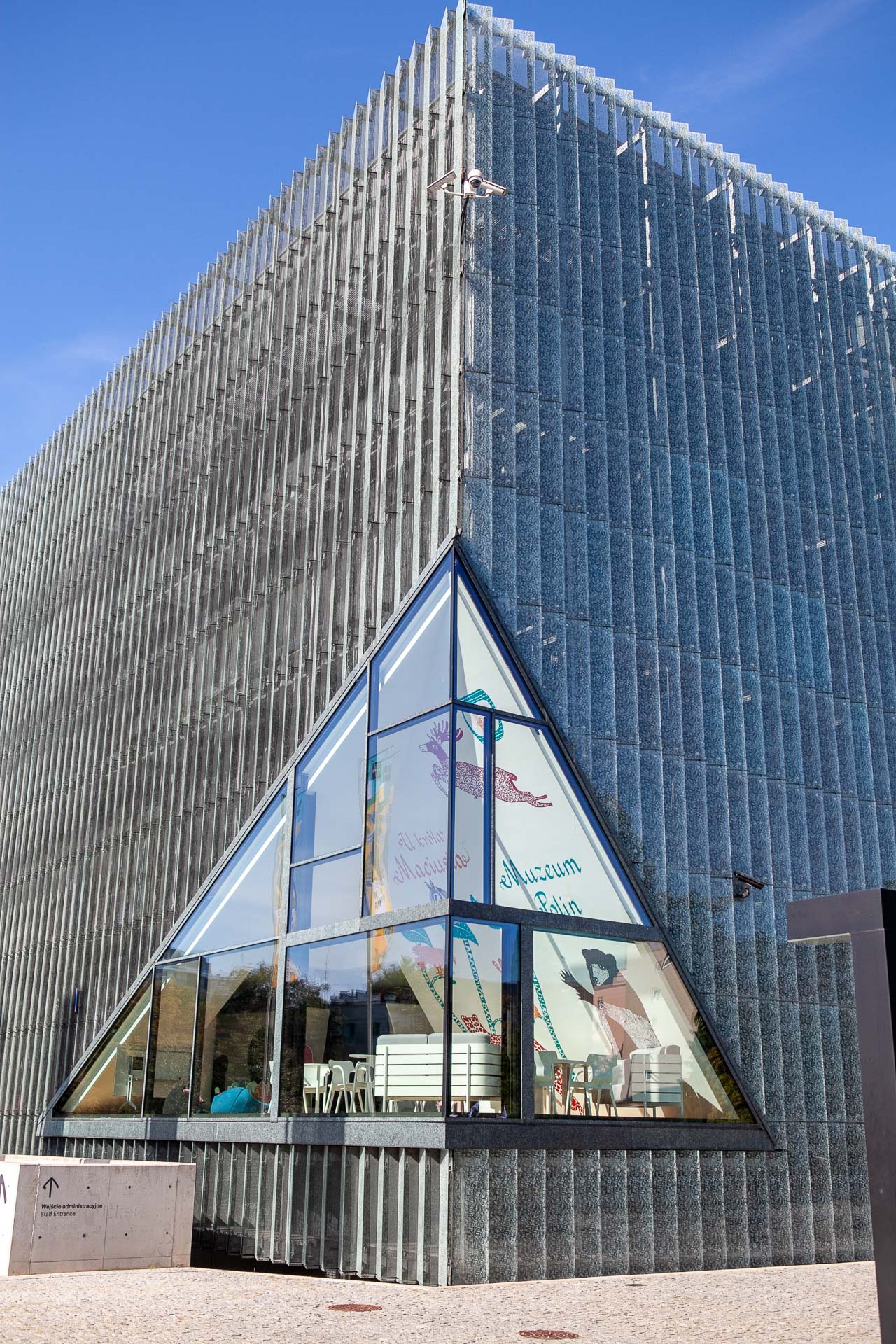

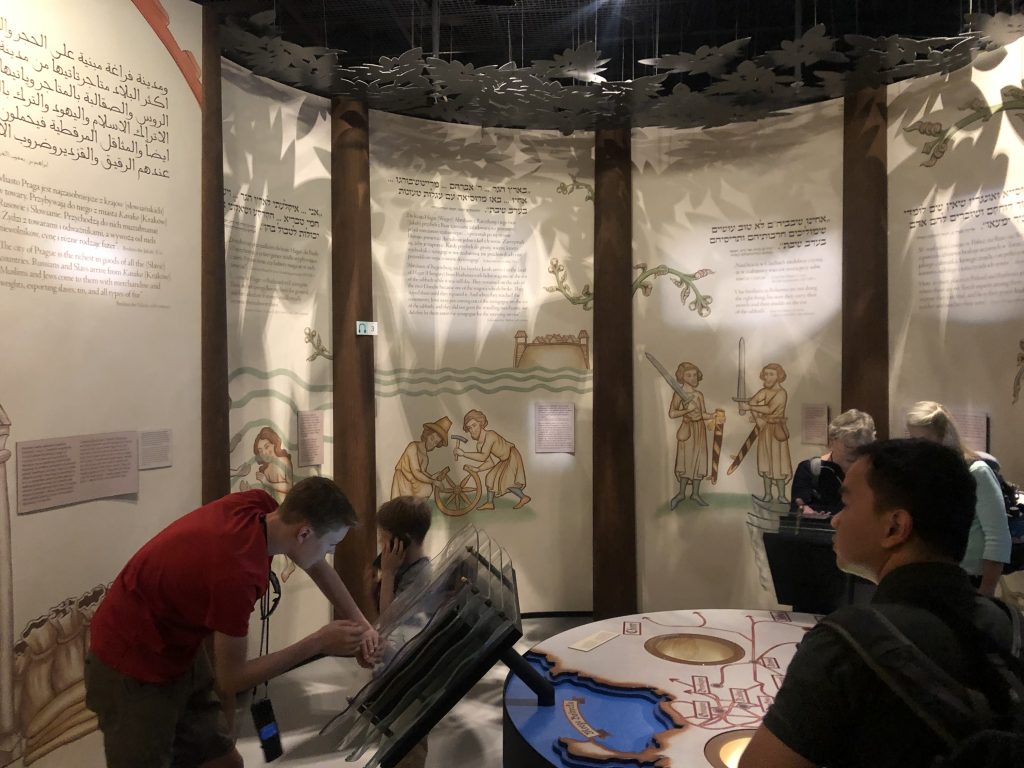




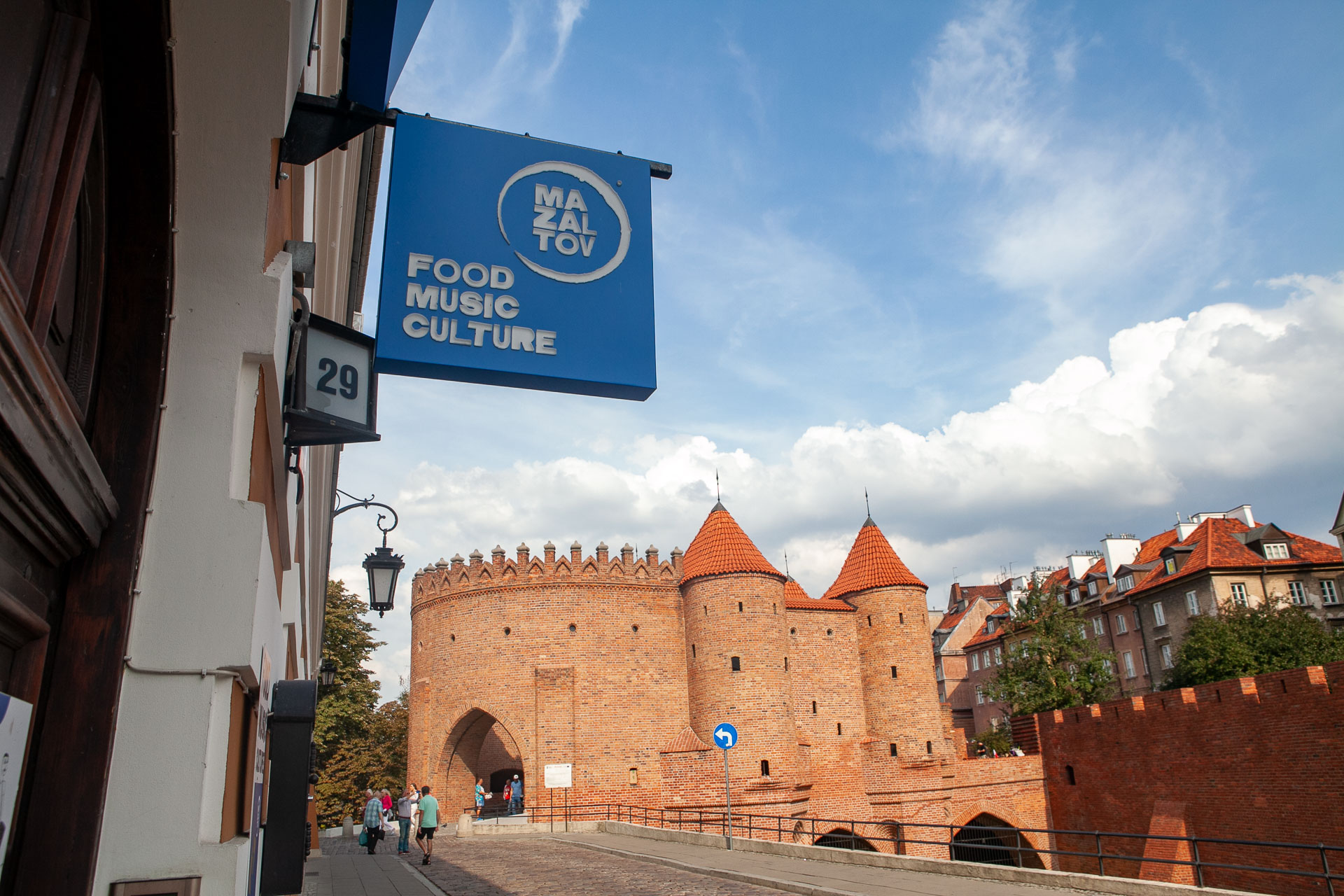

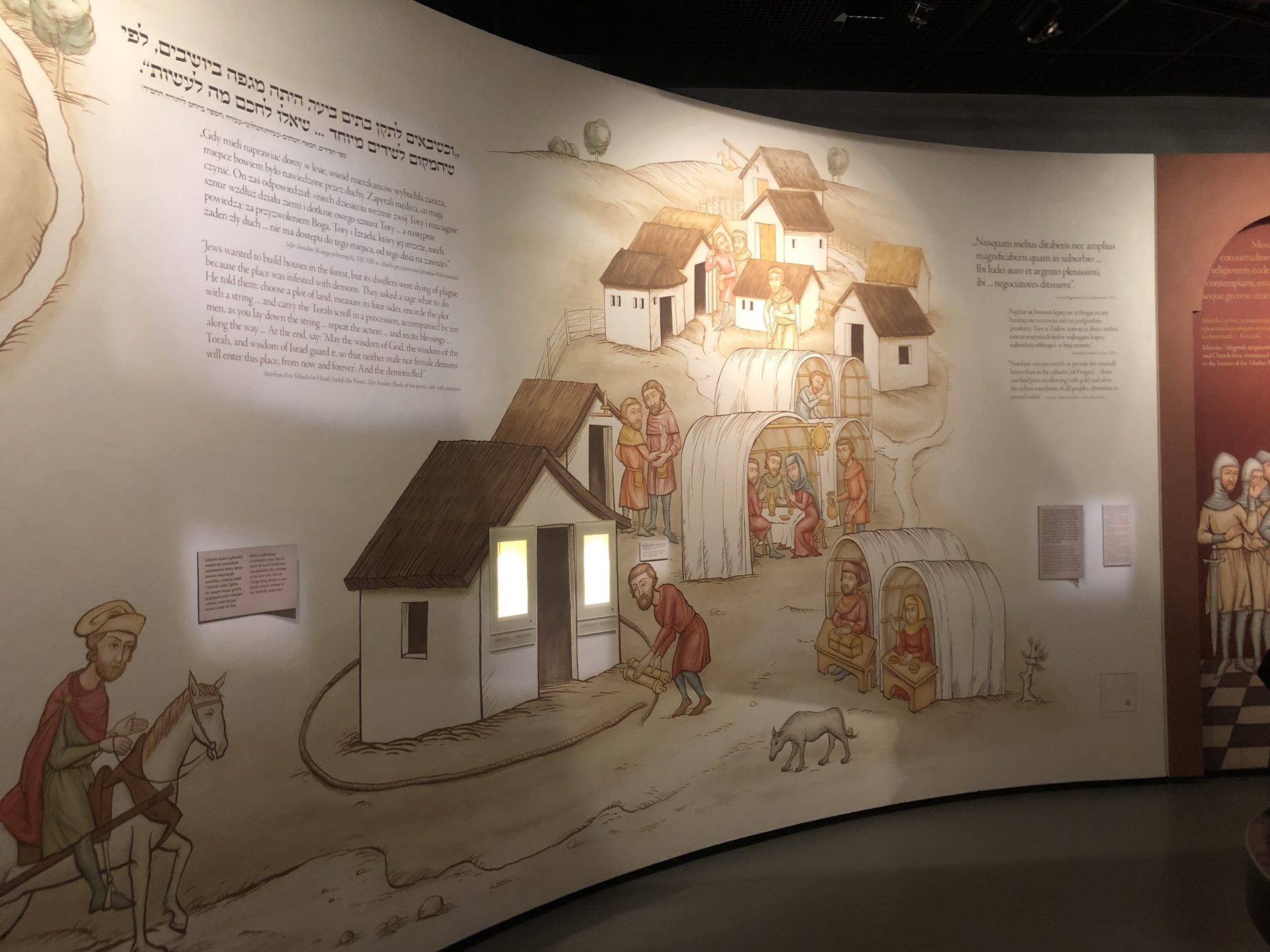
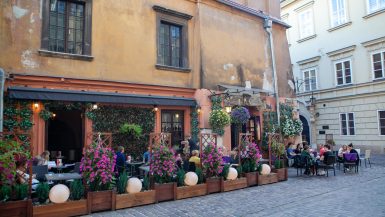
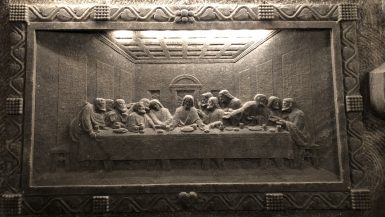

Thank you for posting about this important truth. I envy your experience at this museum as it looks like it was very rich with information and gave you all some good understanding.
Thanks Dr. Calvery! We all learned a lot from this museum.
Suzannah, we are so glad you suggested this museum. I’d like to think we’d have gone anyway, but given all the options there were in Warsaw, it could’ve been squeezed out (only because it’s not possible to do everything!). It was so interesting and so worthwhile!!